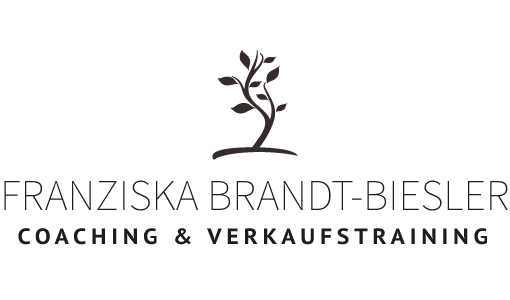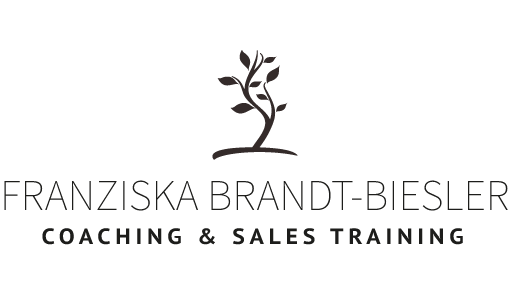Buying, Buying, Buying
WHEN SHOPPING BECOMES A PURPOSE IN ITSELF – AND HOW TO GET OUT OF IT
I have experienced it myself for years, shopping can be addictive. My shopping behaviour was problematic to say the least. But today I deal with it in a completely different way. Here is my “shopping story”.
One of my YouTube subscribers asked me to talk about this topic. I will also produce a video about it. But I’ll start here with a blog post on the question why I used to buy so much and how I changed it.
Right away I will say this: I am not talking about a severe shopping addiction. Although this disease is not yet acknowledged, addiction counselling centres are beginning to address it as a behavioural addiction and take it seriously.
My own behaviour was certainly not yet an addiction, but it already showed problematic characteristics. I know this because I took an online test on it, which I filled out as I would have done six or seven years ago. But actually I would not have needed this test at all. It has become obvious to me that my behaviour was critical.
How did my problematic shopping behaviour show?
Shopping was my hobby. Quite simply. I could spend hours strolling through shops, I always found something. When I was in a foreign city, which was often the case in the past due to my job, I spent all my free evenings shopping. Visiting my mum in Berlin? At least one shopping day. When I reflect how much valuable time I spent in shops, even on private trips to great cities like London, Rome or San Francisco, and what I could have seen or experienced in that time, I still feel sorry in retrospect.
The result: I always had way too many clothes, of which I only used a fraction. Many pieces of clothing I only wore once or twice before they disappeared into the depths of my wardrobe. Thoughtless spontaneous purchases were the rule – often they resulted in follow-up investments (if I already have a jacket in that colour, I also need shoes, a T-shirt ….). I never went into debt, but I didn’t have any money to spare, even though I earned really well.
Where do I see the causes today?
The answer is very clear: dissatisfaction and poor self-confidence. Buying something new promised a better future: If I have this or that piece of clothing, I will look great and get appreciation, I thought. But since I was not happy with myself, no clothes in the world could provide the solution. Sure, a great new pair of jeans felt good for a short time. I paraded around with it and admired myself in the mirror. But the effect usually wore off after a few days and the next wish came into focus. For me it was mainly clothes and home accessories but I think these substitute satisfactions can have many faces. Buying addicts start to lie to their family at some point. I hadn’t reached that stage yet but I was sometimes close to hiding the fact from my husband that I again had something new.
What did I do to change my buying behaviour?
Without consciously planning it, I worked on three aspects. Together they brought me to a new relationship to buying today. The first aspect was my self-confidence. I started to get regular coaching. I cleared up my childhood traumas and thus found myself more and more. Today I am self-confident – in a healthy way. I know what I m capable of and what I am worth and I commit to myself. I have systematically cleaned up what we call the personal museum in Logosynthesis. I think that this was the basis that allowed the second aspect to work at all.
Secondly, I dealt intensively with the consequences of my buying behaviour. What has helped me is the “shock therapy” of the Konmari Method. In Marie Kondo’s method of cleaning up, you collect all the things that belong to a particular category, for example all the clothes in one place. Although I didn’t do it consistently, because I started before I really understood the method, the shock was still big enough. I realised how much too much I owned and the amount of money I had thrown away. I only kept what I really liked afterwards. Like many others, it was not just a tidying-up round. Only a short time later, I reduced myself again by more than half.
Another supporting factor, and thus the third aspect, is that my environmental awareness has increased greatly in recent years. Also through my own mountains of clothes I realised how wasteful we – I – handled resources. Not to mention the production conditions in the fast fashion industry. Today, I no longer want that. I make sure that I only buy things that I believe to be used intensively and for a long time. That’s why today I buy better quality that lasts longer and works better.
Have I completely forgotten the attraction of shopping? No, not quite. I still get excited when I have something new – but the pleasure lasts much longer because the things I buy are well thought out. And I have learned that improving something I already have can give me the same thrill. That’s why I often change clothes today, so that they fit me better, for example.
But sometimes, when I see something in a shop or on the internet, the old pattern still kicks in: That’s what I want, then my life will be better. But nowadays I can see what happens and I become very cautious in such a moment. I then simply stick to my self-imposed rule: no spontaneous purchases. I sleep a few nights on every purchase decision and then almost everything takes care of itself and is no longer necessary.



No Comments